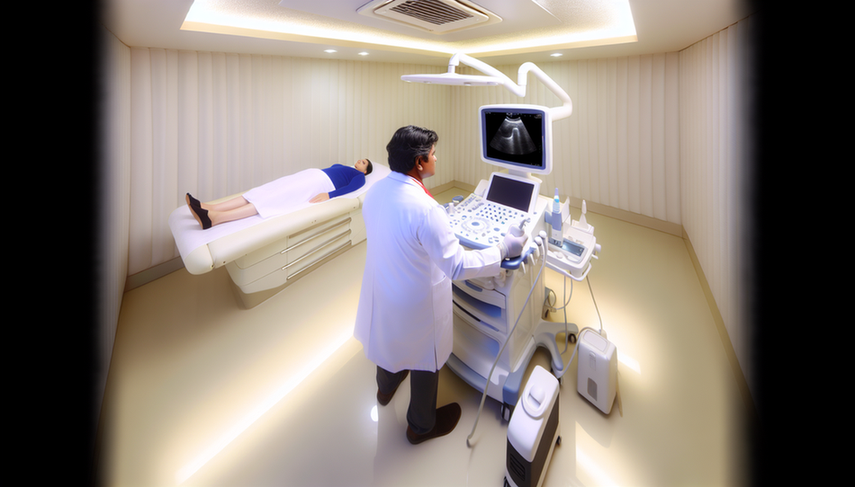High-Resolution Ultrasound and Portable Ultrasounds: Immediate Diagnosis at the Point of Care

High-resolution ultrasound and portable ultrasounds have revolutionized the field of medical diagnosis, enabling immediate diagnosis at the point of care. These technological advancements have significantly improved physicians' ability to assess and treat patients quickly and accurately, especially in emergency situations and in resource-limited areas.
Advances in Ultrasound Technology
The development of portable ultrasound devices has allowed physicians to perform real-time diagnostic evaluations directly at the patient's point of care. These devices, which can now generate high-resolution images, are essential tools in modern clinical practice. A recent study has demonstrated that super-resolution image generation from portable ultrasound systems enhances interpretation and accelerates diagnosis in primary care settings.
In the context of trauma, portable ultrasound has become an indispensable tool. Focused Assessment with Sonography for Trauma (FAST) and its extended version (EFAST) allow for the rapid detection of potentially life-threatening conditions, such as hemoperitoneum and pneumothorax, directly at the incident site or in the emergency room. This has been supported by research highlighting the utility of ultrasound in trauma management (Ultrasound in trauma).
Moreover, the use of portable ultrasounds has expanded to other areas of medicine, such as soft tissue evaluation and musculoskeletal applications in emergency departments. Devices equipped with high-resolution transducers enable physicians not only to diagnose but also to perform interventional procedures more safely and effectively (An overview of point-of-care ultrasound for soft tissue and musculoskeletal applications in the emergency department).
Conclusions
The integration of high-resolution ultrasound and portable ultrasounds into daily clinical practice has transformed the approach to medical diagnosis, allowing for immediate diagnosis at the point of care. These devices not only enhance diagnostic accuracy but also increase treatment efficiency, especially in emergency situations and in resource-limited areas. As technology continues to advance, we are likely to see even broader adoption of these tools across various medical specialties.
Referencias
- [1] Single Image based Super Resolution Ultrasound Imaging Using Residual Learning of Wavelet Features
- [2] Ultrasound in trauma
- [3] An overview of point-of-care ultrasound for soft tissue and musculoskeletal applications in the emergency department
Created 24/1/2025
